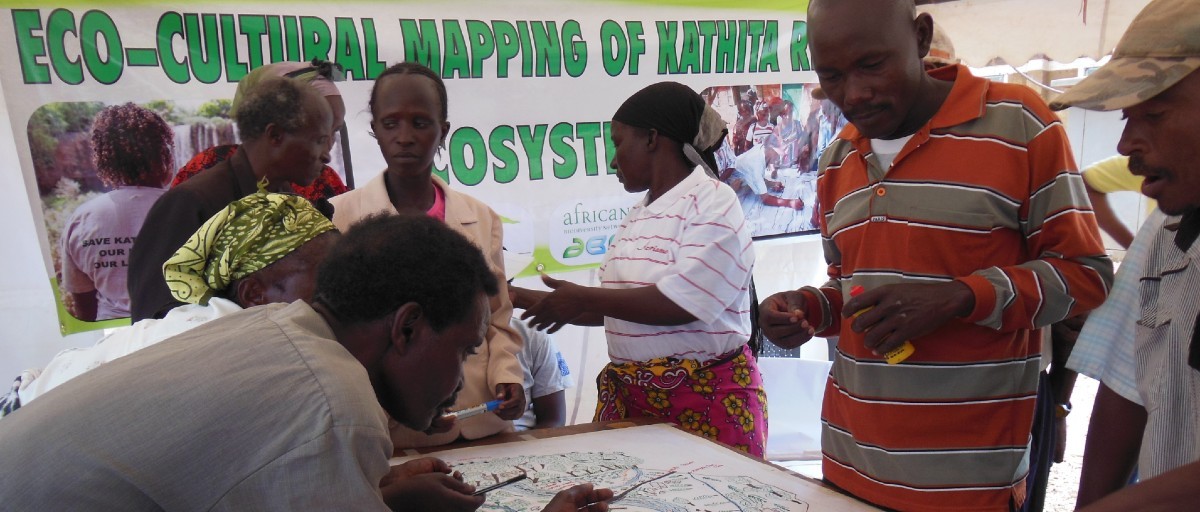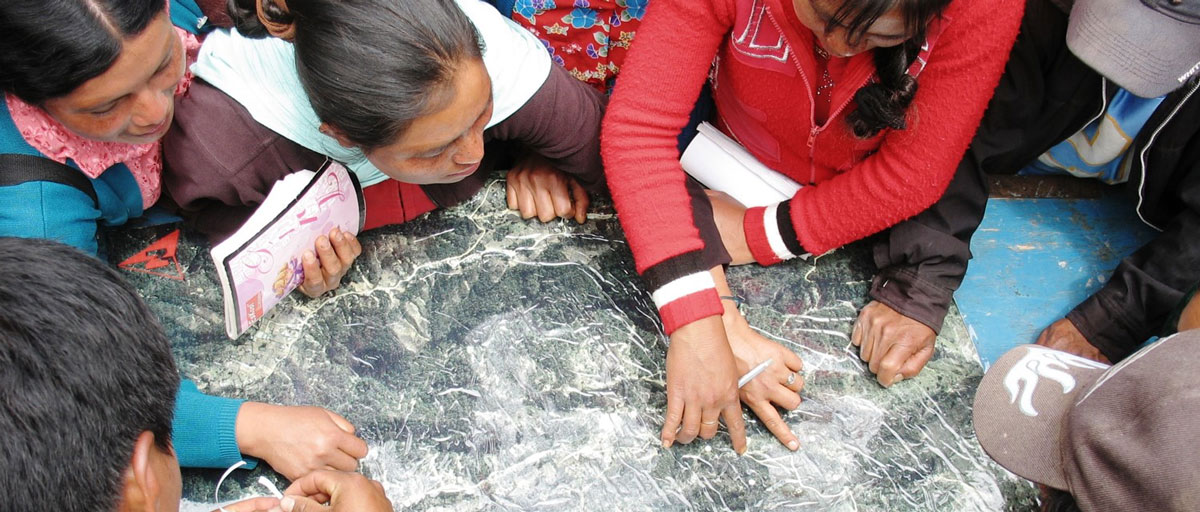Bildtext får vara max två rader text. Hela texten ska högerjusteras om den bara ska innehålla fotobyline! Photo: B. Christensen/Azote
ECOSYSTEM SERVICES AND CONSERVATION
Five ways to boost social engagement in environmental projects
- Colombia was one of the first countries to adopt the ecosystem services concept in their national biodiversity policies
- But various communication, education and participation actions still lack
- Five improvements can help environmental managers in their daily practices and generate more social engagement
Colombia has a long tradition when it comes to nature conservation, but falls short on promoting the role of ecosystem services in their strategies. Here’s how to fix it
TO PROTECT AND TO EDUCATE: Protecting biodiversity by keeping humans at arms’ length is generally not the way to go. There is ample research why it is better to promote nature’s benefits to humans rather than keeping them apart.
In 2005 the Millennium Ecosystem Assessment helped raise momentum for the integration of ecosystem services in conservation policies around the world.
Seven years later, Colombia became one of the first countries to adopt the concept in their national biodiversity policies.
How have they fared?
In a study published in Environmental Management, centre researcher Amanda Jiménez Aceituno together with colleagues from Colombia and Chile have studied governmental biodiversity projects in Colombia to see how they have managed to communicate, train and apply the ecosystem services concept in their conservation work.
The lead author, Aracely Burgos-Ayala, did the study as part of her PhD and as a result of an internship she did at the Stockholm Resilience Centre.
Education and awareness persistent challenges
Aceituno and her colleagues analyzed a sample of 182 projects between 2004 and 2015 to understand how they had used and implemented various communication, education and participation actions (CEPA) to engage with relevant stakeholders.
Their conclusion is that CEPA is rarely considered to be an important part of environmental legislation or management strategies in Colombia.
The focus is still very much on increasing the number of hectares for environmental protection. This, the researchers warn, may increase the risk of a disconnect between humans and nature.
“Public education and awareness are persistent challenges for biodiversity conservation,” Aceituno says.
Conservation is more likely to succeed when it focuses not only on biodiversity loss but also on the supply and benefits of important ecosystem services to humans.
Amanda Jiménez Aceituno, co-author
More engagement, better practices
To succeed then, the researchers suggest five actions to be implemented by environmental managers:
- Promote more clearly the benefits humans get from nature in policies, plans and programmes
- Ramp up education and training programmes
- Make communication, education and participation actions the core of all projects, from design to implementation
- Consider and engage with a more diverse set of stakeholders, above all indigenous communities and women
- Develop and implement social indicators to evaluate environmental management practices (e.g.,quality of participation of stakehoklders involved) to complement the more commonly used environmental measures of success
Based on these five improvements, Aceituno and her colleagues believe environmental managers can improve their daily practices and generate more social engagement about biodiversity conservation in Colombia and other countries.
Methodology
The researchers searched for the total number of projects indicated by the annual reports of the 33 Regional Autonomous Corporations (RACs) for the period 2004–2015. Since 2004 the RACs have released an annual report with information about these executed projects to be evaluated by the Colombian Ministry of Environment. When available, the researchers downloaded the annual reports from the website of each RAC. They contacted the RACs and the Ministry of Environment to request the remaining documents. They obtained 322 reports out of an expected number of 396. The missing reports are mostly from the first TAP. From this set of reports, they generated a database of 2612 projects.
Burgos-Ayala, A., Jiménez-Aceituno, A., Rozas-Vásquez, D. 2020. Integrating Ecosystem Services in Nature Conservation for Colombia. Environmental Management (2020). https://doi.org/10.1007/s00267-020-01301-9
For more information about the publication, please contact Amanda Jiménez Aceituno:











